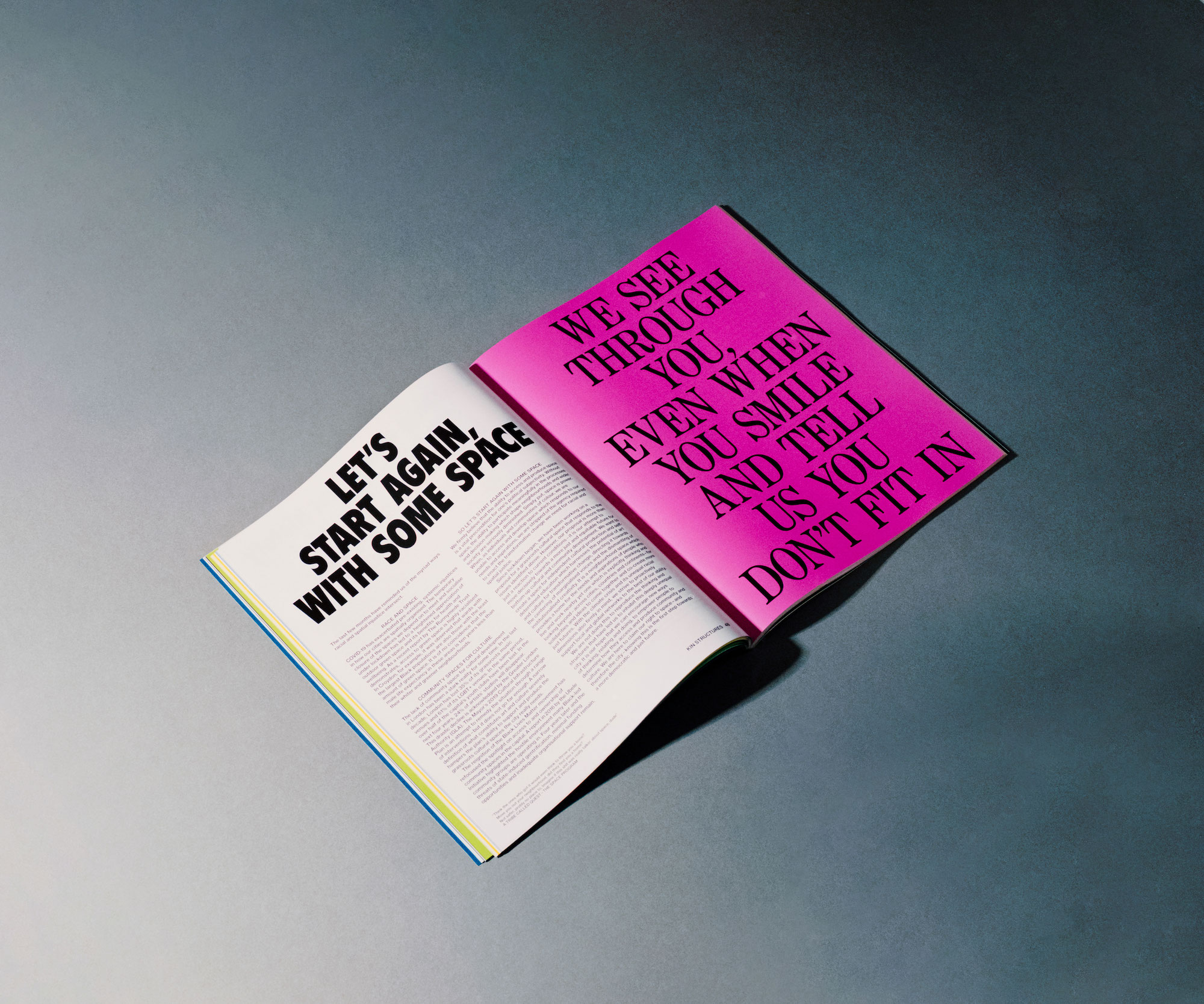
As Black Lives Matter protests spread across cities around the world and calls of “silence is violence” and “to be silent is to be complicit” rang out, institutions scrambled to post black squares or a quote and work by a Black artist from their collection on social media. Some museums and galleries instinctively knew this performative solidarity was a way to show the Black community that they are listening and they care, others required internal pressure from staff to spark action.
Following these declarations, we have seen some institutions publishing ‘anti-racism statements’ detailing how they will deliver on the previously marginal belief that museums need be anti-racist institutions. It seems the world has finally woken up to the systemic and sustained racism Black people have experienced for centuries.
Museums are now at a crossroads; they have an opportunity to admit they hold collections of looted artefacts from a period of history that foregrounds colonialism, the Empire and exploitation.They can be honest about gaping holes in their collections, reassess the pervasive narratives, and reinsert erased histories from object interpretation. We need to scrutinise how we have historicised the past through a white, Eurocentric lens.
“This is just one of many atrocities committed in the name of the British Empire, yet we celebrate the ‘exotic’ objects in museum collections”
A YouGov poll conducted in 2019 found a third of British people are proud of the British Empire; would they still have this view if they were aware of the concentration camps the British built in Kenya in the 1950s? Over 1 million Kenyans were forced into these camps and thousands died in the most harrowing conditions. Eric Griffith-Jones, the attorney general of the colonial administration in Kenya, said the camps were ”distressingly reminiscent of conditions in Nazi Germany”. This is just one of many atrocities committed in the name of the British Empire, yet we celebrate the ‘exotic’ objects in museum collections from 80 countries that were once part of the Empire without acknowledging the conditions in which they were obtained; the blood spilt in their acquisition.
Aside from recontextualising museum collections in order to be honest about their history, we also need to analyse who is making decisions within these spaces. Museums and institutions are established for public enjoyment and education; it is imperative the people working within these spaces – at every level – are as representative as the communities they serve. In recent years museums have been desperate to diversify their audiences.
View this post on Instagram
Meetings of majority white, upper middle-class museum professionals scratch their heads endlessly about programming contemporary exhibitions to attract new and ever-expanding audiences. What is missing in this picture is actual diversity of ethnicity and class. People of colour who can speak from genuine, lived experience need to be welcomed to the table. Museums need to recognise this skills gap and appoint curators that understand, are embedded within and speak to this audience. This means valuing the expertise gained in lived experience. I’m sorry but they don’t teach this at Oxbridge; curators of colour should not be held to this outdated standard.
“I’m sorry but they don’t teach lived experience at Oxbridge; curators of colour should not be held to this outdated standard”
The status quo is not an option because it is dishonest. If museums and institutions fail to respond to anti-racist action, they will be guilty of perpetuating the deeply embedded systemic racist conditions that exist in society. Recognition of this doesn’t diminish the institution, it educates their audience. Museums have a civic duty to make these spaces represent everyone in society equally and with dignity.
The murder of George Floyd, subsequent BLM protests, anniversaries of Grenfell and Windrush and the disproportionate Covid-19 BAME deaths have coalesced to make an urgent conversation about racism unavoidable. For centuries it has been accepted that white is the default and anything else is ‘other’. ‘BAME’ encapsulates this perfectly as it lumps anyone not white together and does not allow for nuance; there is a spectrum of opportunity within BAME and we know Black people are not served well by this term.

“There is a spectrum of opportunity within BAME and we know Black people are not served well by this term”
We will be keeping a keen eye on which museums take a root-and-branch approach to dismantling systemic racism and those that are seeing this as a ‘moment rather than a movement’. For the thousands of museum professionals, this work—dismantling systemic racism—is your work too. It is not the responsibility of the handful of staff of colour, they are tired. Worn out from the constant barrage of news, the endless guilt-ridden messages from senior staff desperately trying to do—or be seen to be doing—the right thing.
So what can you do? Look beyond your usual circle of influences, ask questions, don’t assume because something has always been a certain way, it should be that way. Do what you do best—read, listen, learn—educate yourself on how you can proactively contribute to a more equitable society. As we’re hearing from voices across activism, anti-racism is not a single action, but a continuous process of educating and challenging ourselves. Call out racism when you see it. Don’t be complicit.
Meneesha Kellay is a London-based curator in the Design, Architecture and Digital department at the Victoria and Albert Museum.
Sound Advice is a platform exploring spatial inequality in architecture through music.






